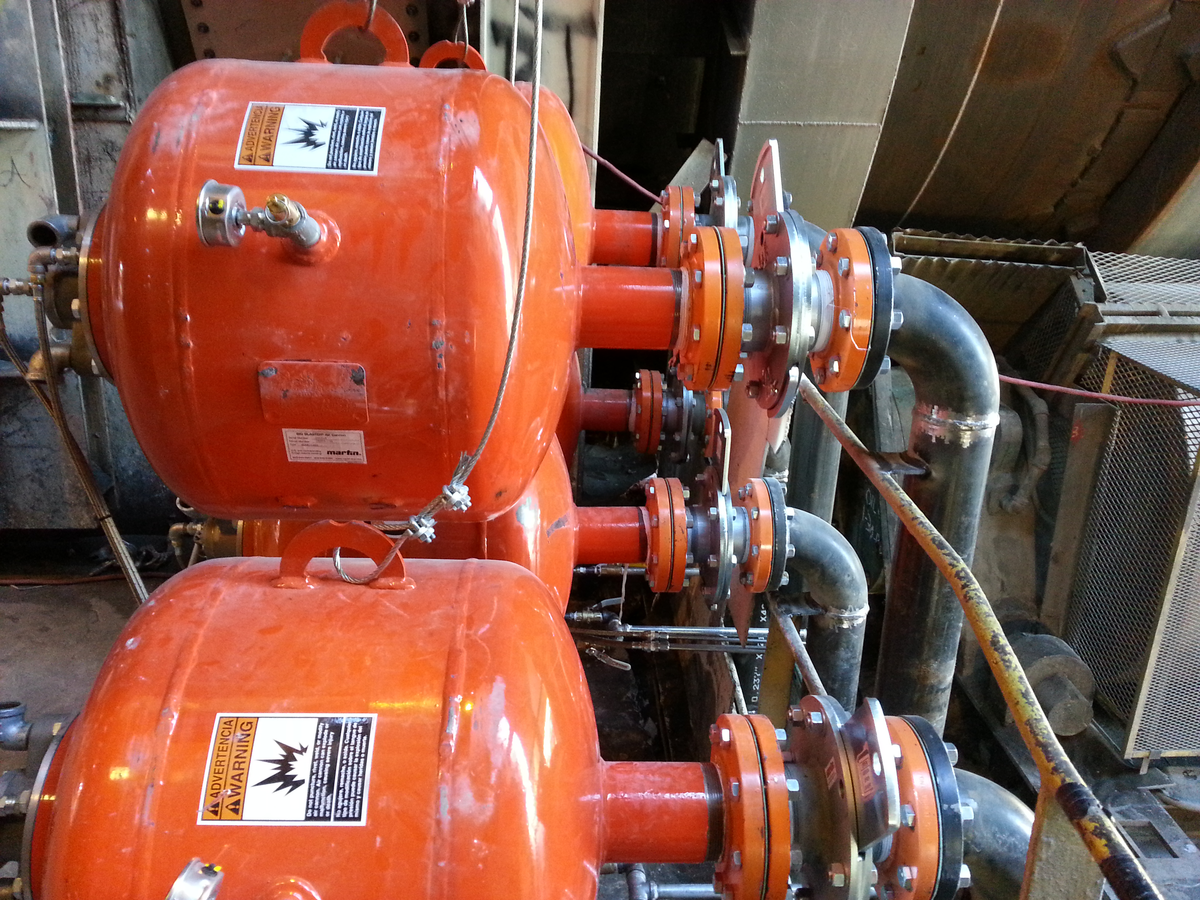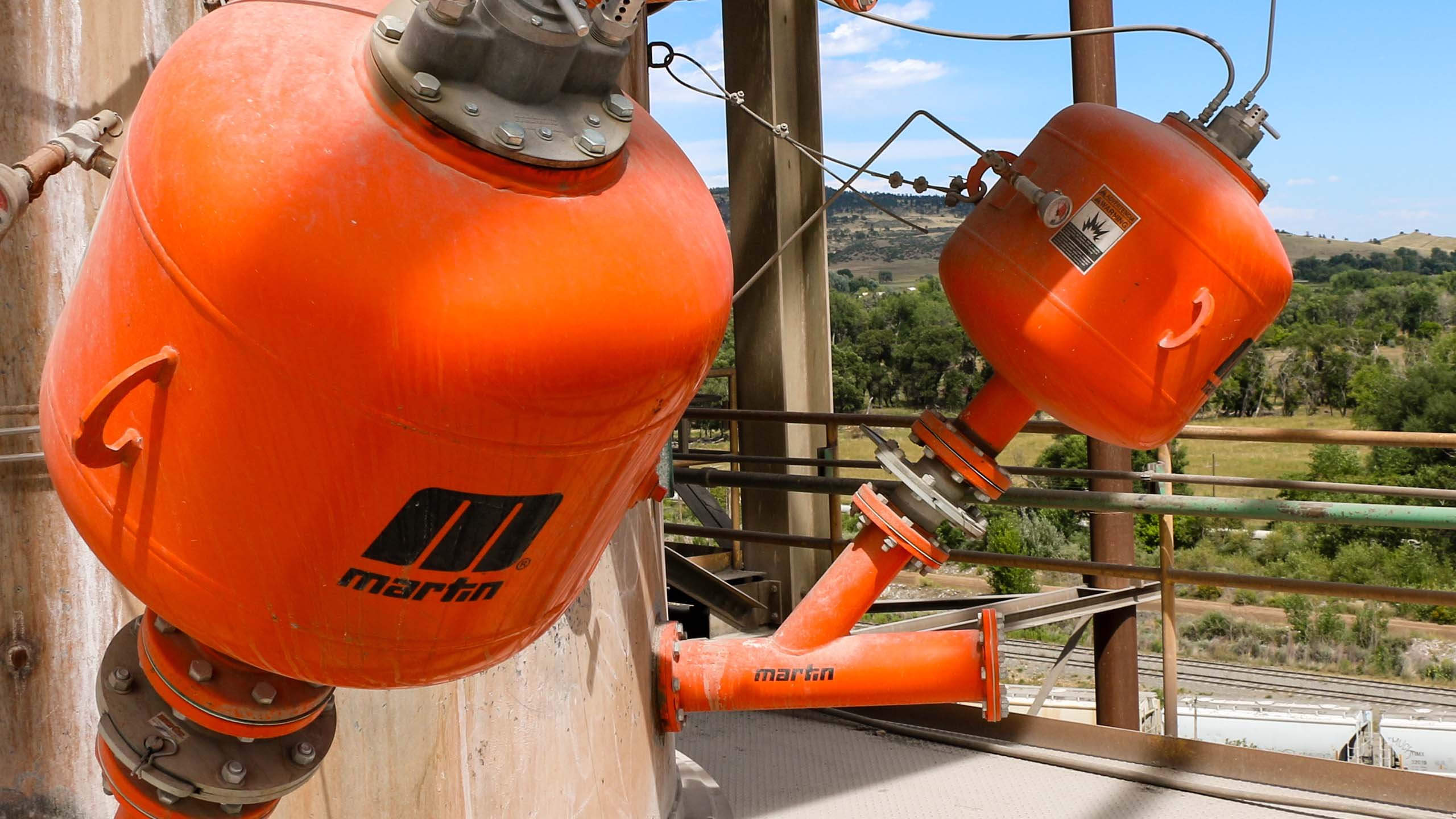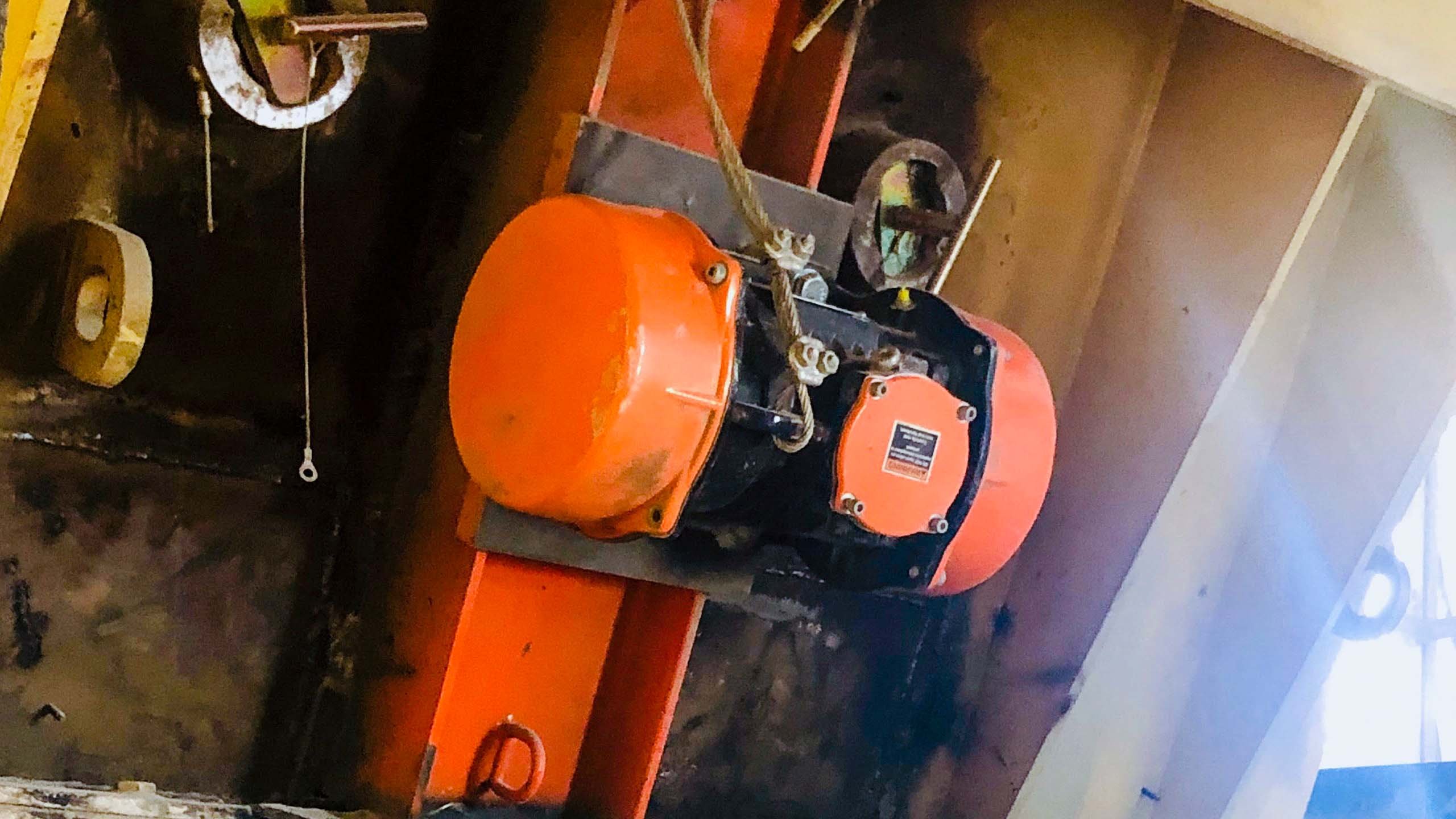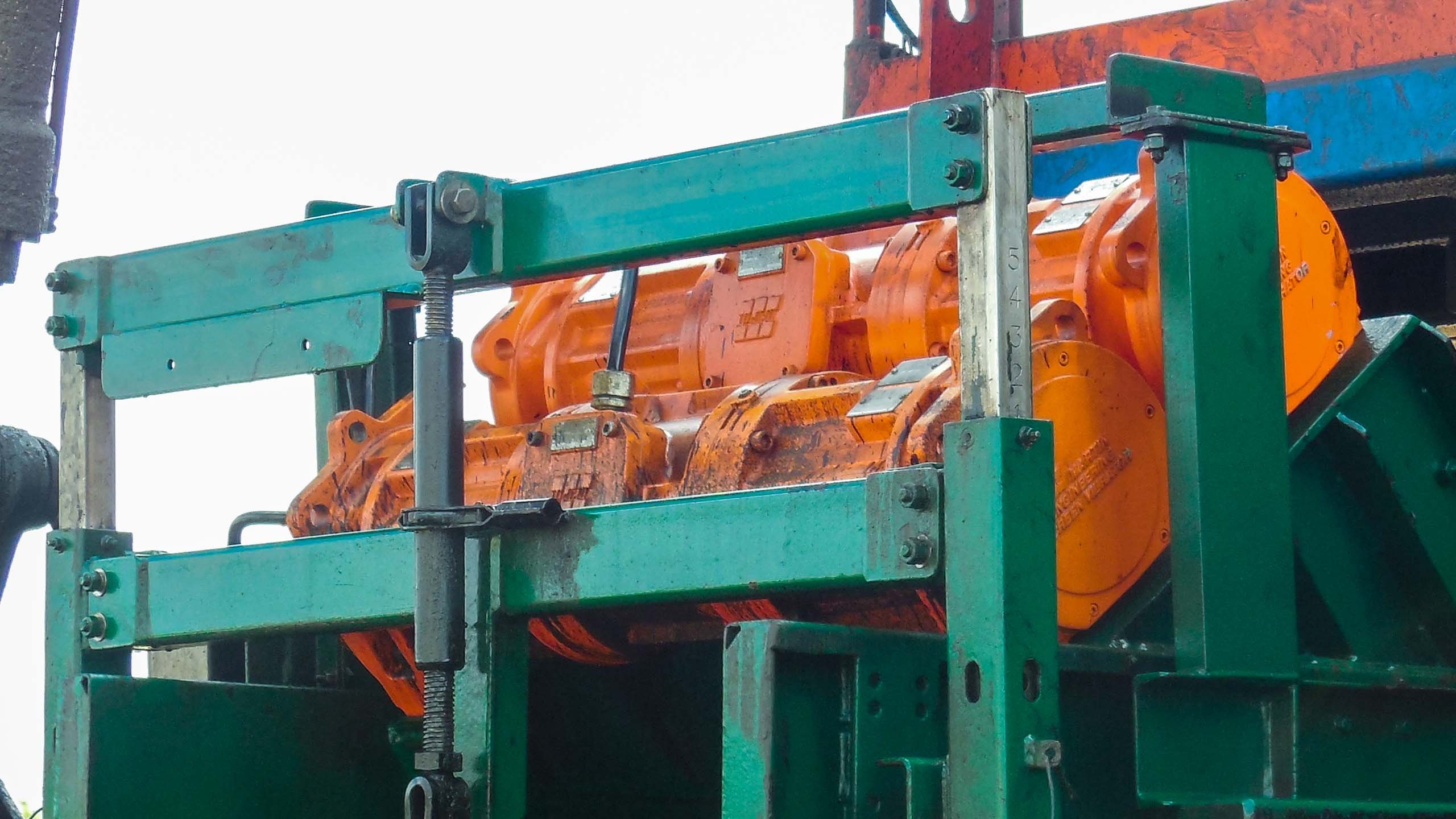What is a Flow Aid?
Flow-aid devices are systems used to stimulate or enhance the movement of bulk materials. They can be as simple as an impact piston vibrator on a chutewall to dislodge material buildup, or as sophisticated as a multiple air cannon system discharging automatically on a timed cycle to prevent material buildup. Flow-aid devices include rotary or linear vibrators, low-pressure air cannons and aeration devices, as well as low-friction linings and soft-chute designs. These systems can be combined in any number of ways.
The age-old solution for breaking loose blockages and removing accumulations from chutes and storage vessels was to pound the outside of the walls with a hammer or other heavy object. However, the more the walls are pounded, the worse the situation becomes, because the bumps and ridges left in the wall from the hammer strikes form ledges that start additional material accumulations.
A better solution is the application of a flow-aid device to the chute. These devices supply energy precisely where needed to reduce the friction of the walls and break up the material to keep the material moving to the discharge opening.
This chapter explores the various methods to promote material flow in a chute. This discussion centers on flow aids applied to conveyor loading and discharge chutes; this information, and these technologies, can also be applied to applications on other material process and storage vessels, including silos, bins, hoppers, bunkers, screens, feeders, cyclones and heat exchangers.
Flow Aids on Transfer Points
Using material characteristics and process requirements to design a chute flow efficiently is certainly the best practice, however, materials are unpredictable. The source of the material may change due to economic reasons, or weather conditions can drastically alter its flow characteristics. In these situations, it is a simple and cost-effective approach to apply flow aids to maintain material flow.
In some cases, flow aids are original equipment, incorporated in the design of a system to stabilize flow rates or eliminate anticipated problems. As an example, a flow aid might be designed into a system to move material through a chute that, due to height restrictions, does not have a steep enough angle to maintain consistent material movement. In other cases, flow aids are retrofit components, added to a materials handling system to overcome problems that were not anticipated in the original design, or that have recently appeared, perhaps due to changes in the condition of the material, the process or the equipment.
It is wise to incorporate channel mountings for vibrators, or nozzle mounts for air cannons, when a chute is in the fabrication stage. If a problem should arise later, because material characteristics have changed or other unforeseen problems have occurred, it will be a simple matter to install a flow-aid device to remedy the problem.
It is critical that the steel chute and support structure are sound, because the operation of these flow-aid devices can create potentially damaging stress on the structure. A properly designed and maintained chute will not be damaged by the addition of flow aids.
It is important that any flow-aid device be used only when the discharge is open and material can flow from the chute. If used when the discharge is closed, the energy of the flow aid may pack the material more tightly, making flow more problematic when the discharge is opened and causing damage to the bin. The best practice is for the flow aid to be controlled by timers or sensors to prevent any flow-retarding buildup of material. This saves energy, reduces noise and improves safety, because the flow aid runs only when needed.





















Leave Comment